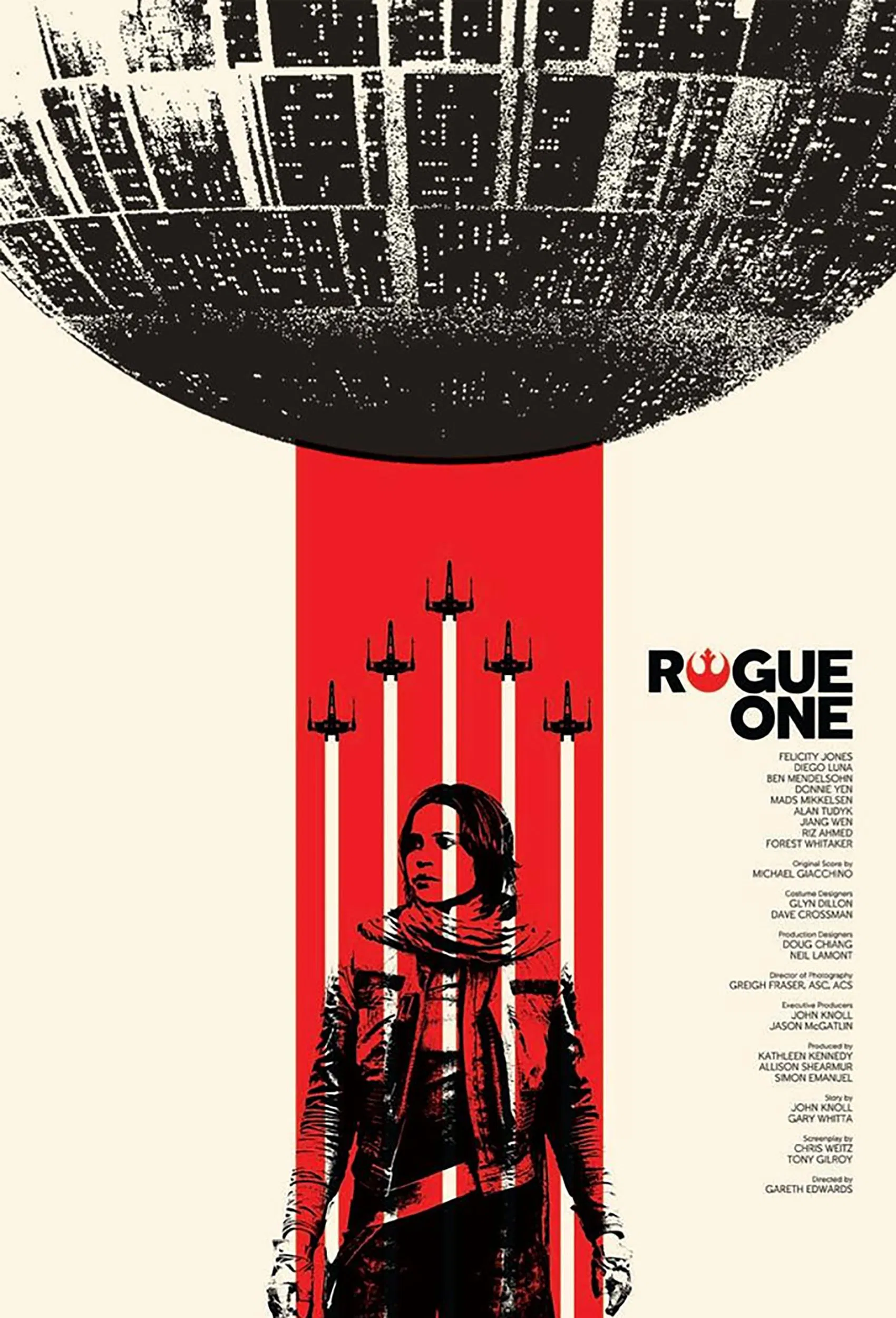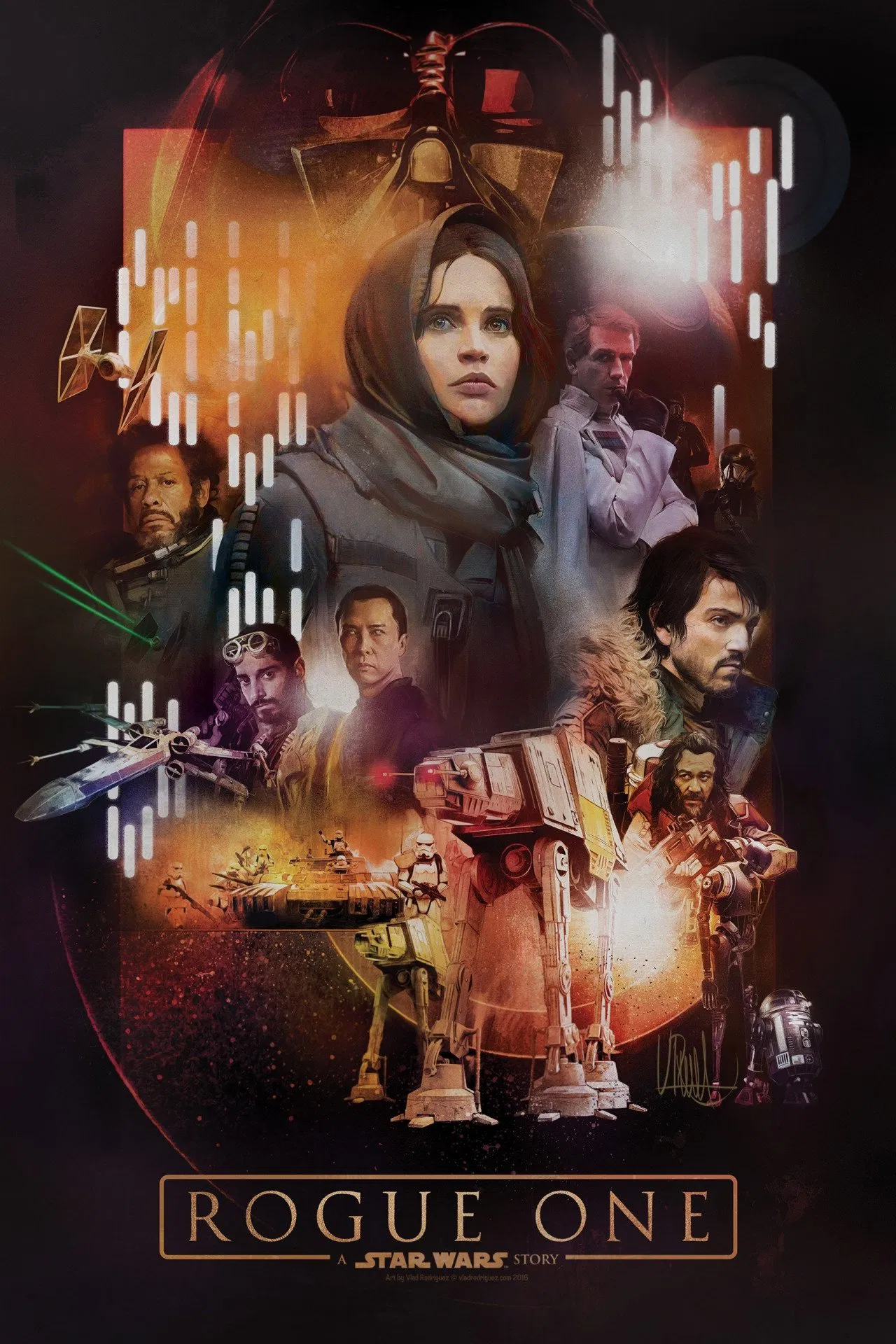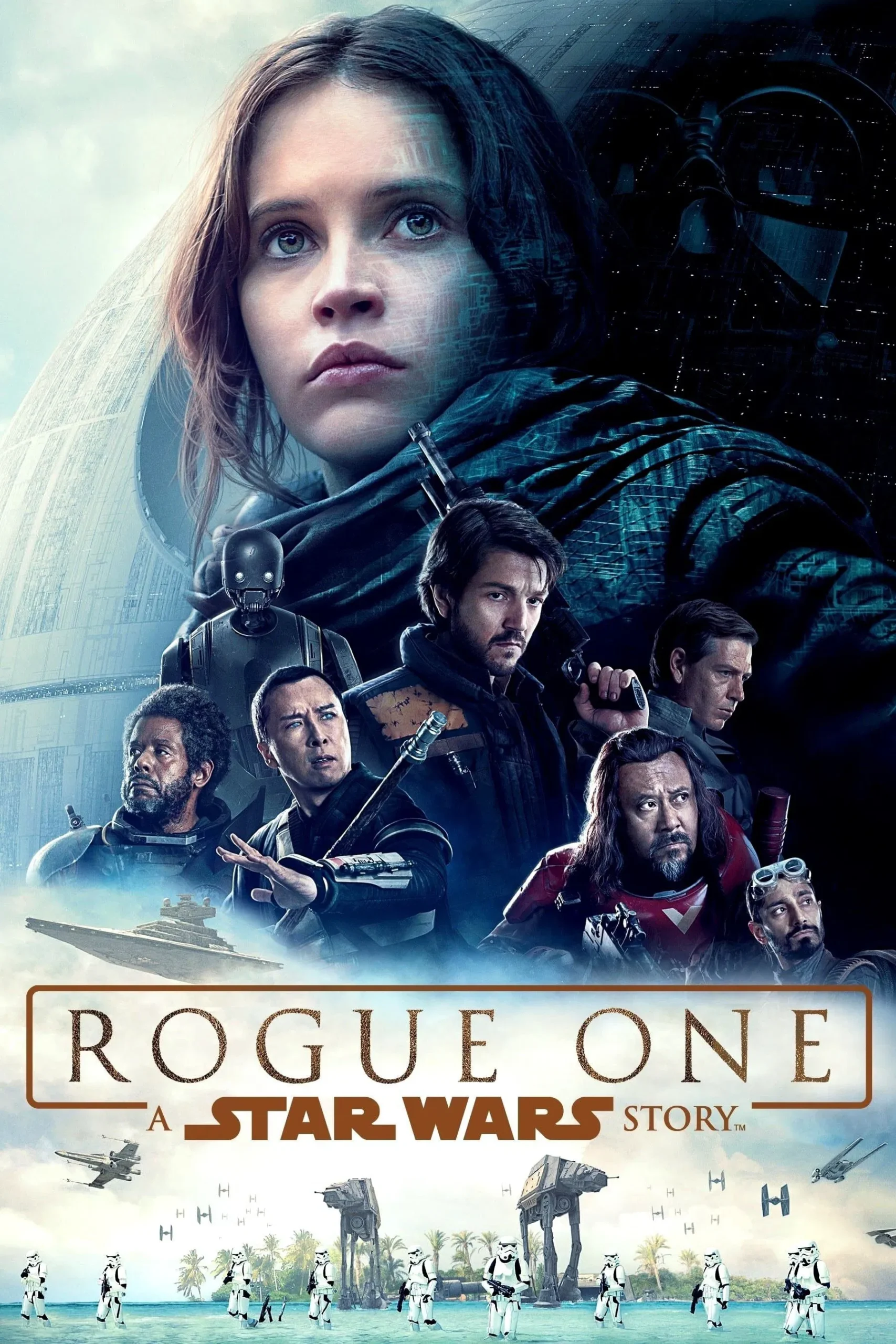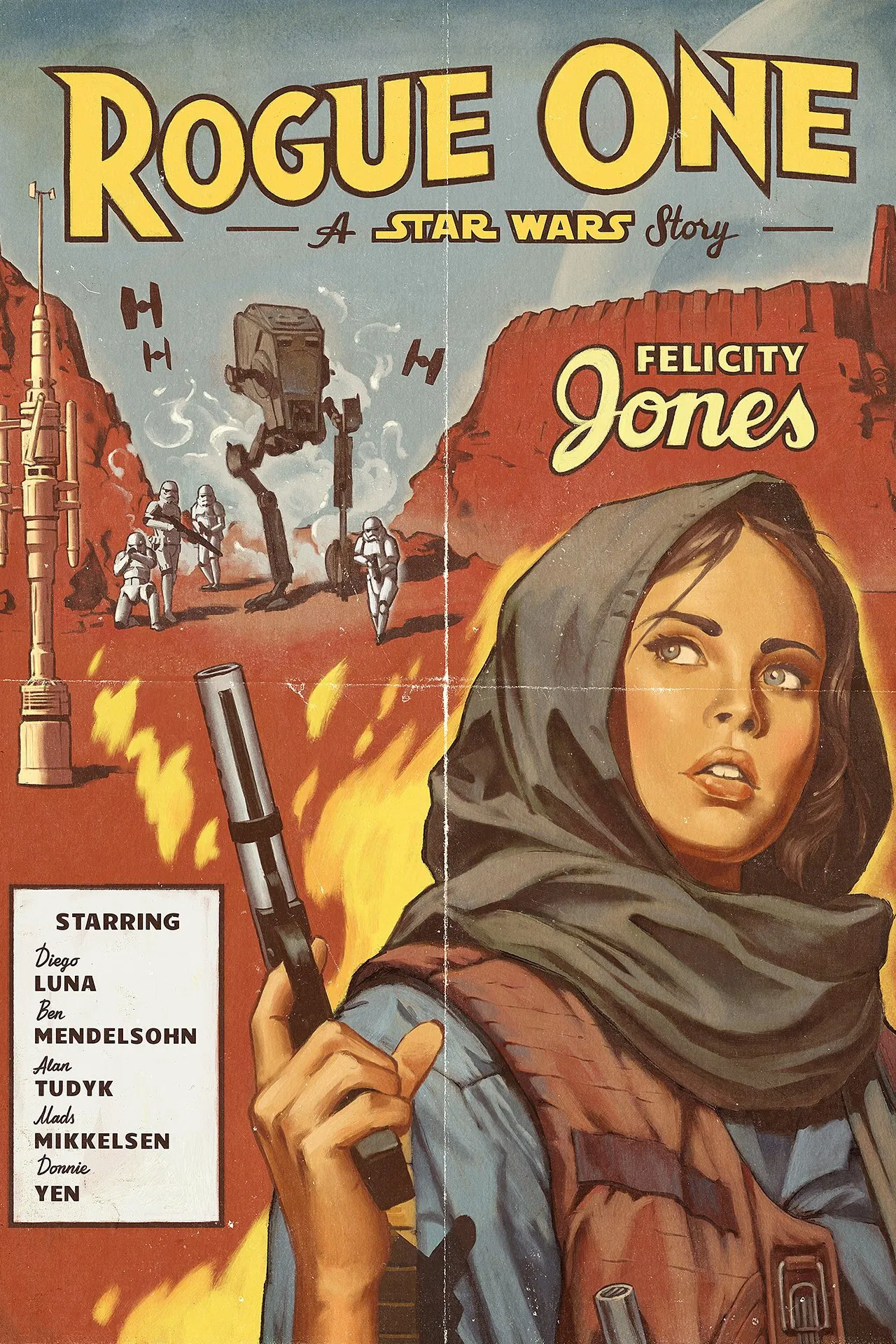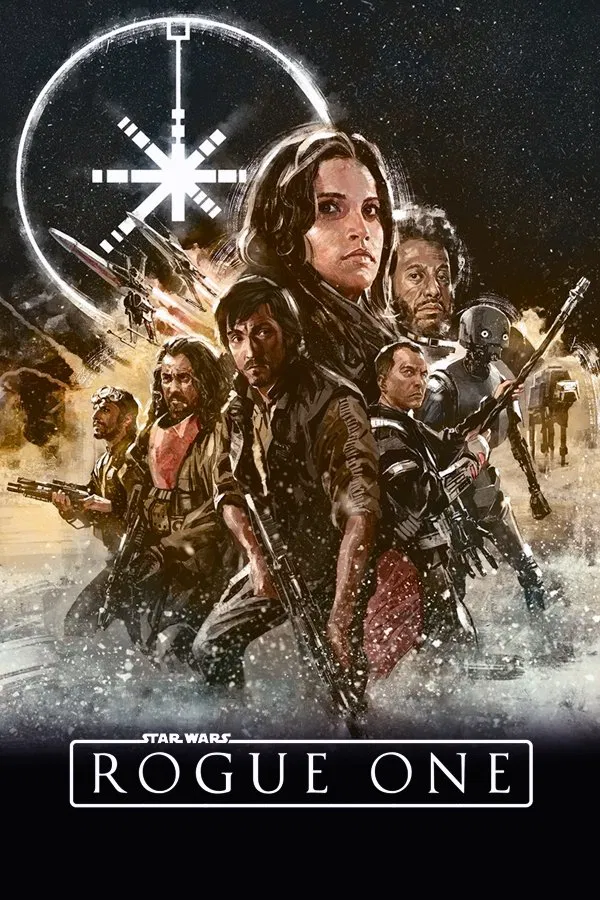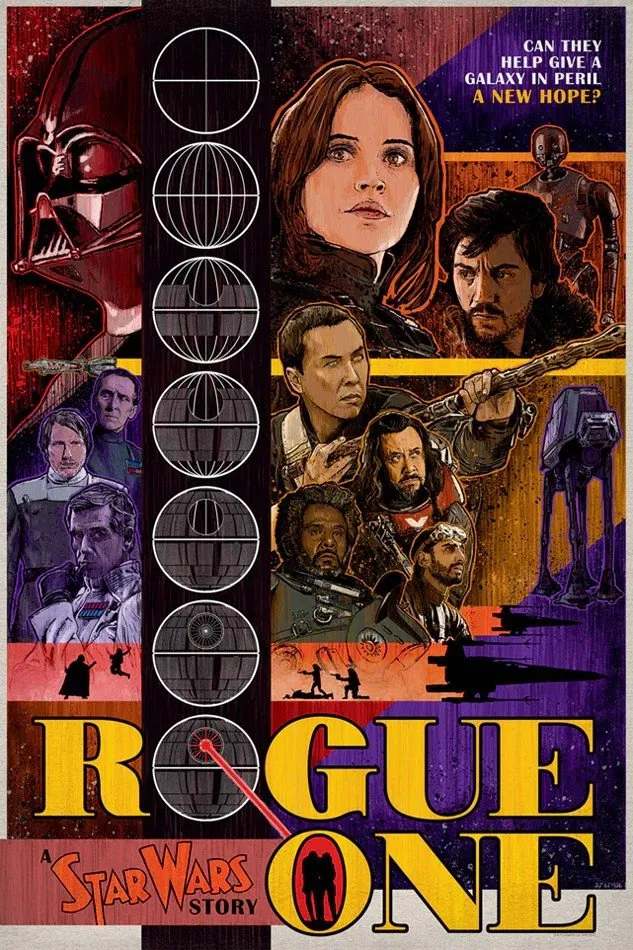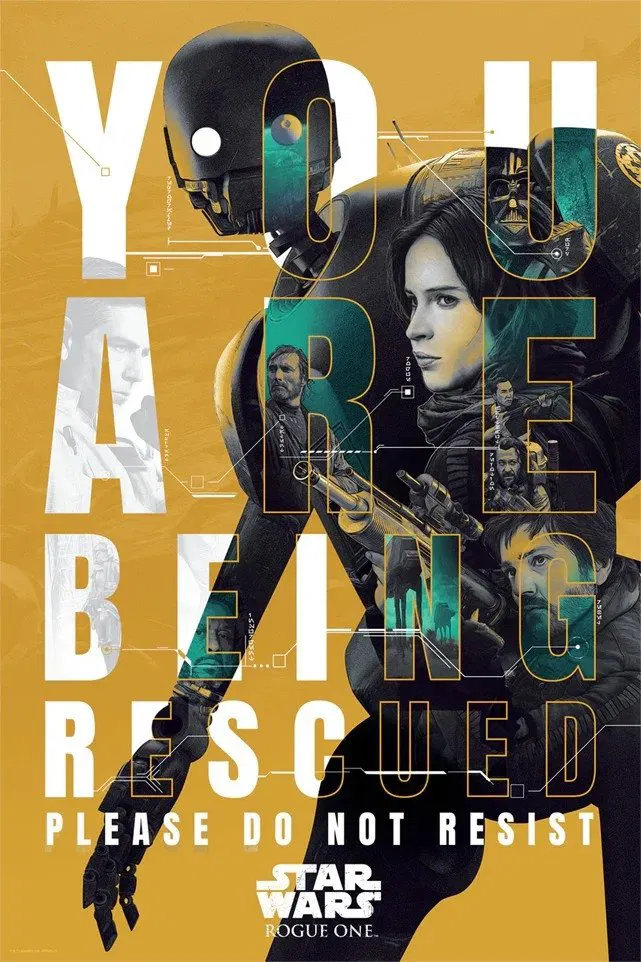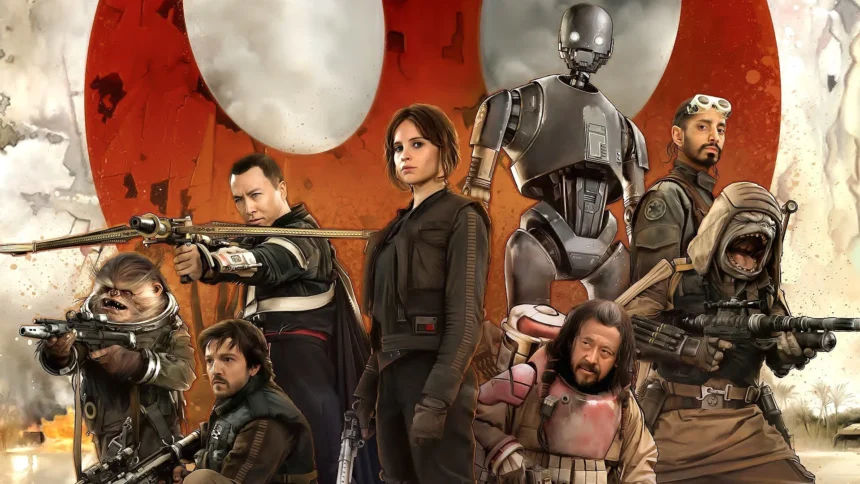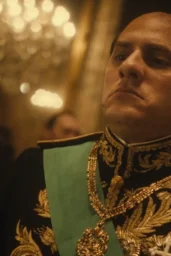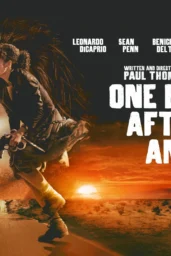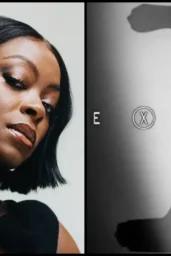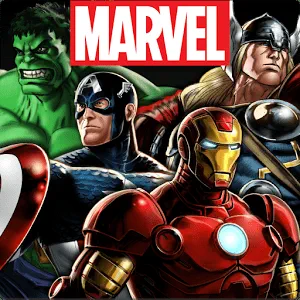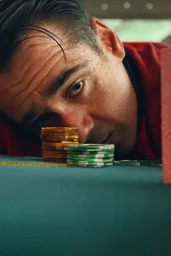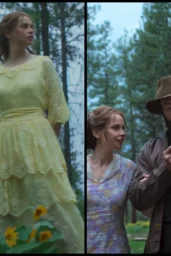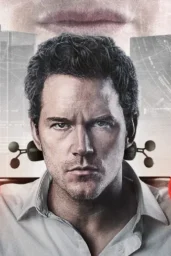Chaos isn’t exactly rare in the galaxy far, far away. George Lucas may have birthed Star Wars in 1977, but every decade since has seen turbulence—scripts shredded mid-production, directors shuffled off stage, endings rewritten in fluorescent edit bays. Rogue One: A Star Wars Story (released December 16, 2016) was no exception. Yet out of the disorder came something remarkable: a war movie with teeth, a prequel that actually mattered.
And now Alan Tudyk—the man inside the voice of K-2SO, that sardonic, towering android—has pulled back the curtain on how much the film owed to its reshoots. Speaking with The Playlist, Tudyk admitted he never even saw the pre-reshoot cut. “The script was changing while we were shooting,” he said, describing the process as both bizarre and strangely typical of blockbusters. The train left the station before the rails were finished.
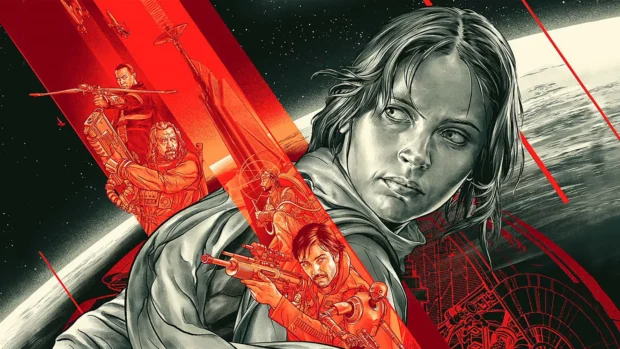
The Fix That Saved Rogue One
Enter Tony Gilroy. Brought in to steady the ship, Gilroy’s rewrites and reshoot supervision weren’t about ripping the film apart but about tightening the bolts—paring down “shoe leather,” as Tudyk put it, and sharpening the hero’s journey.
It’s easy to forget now, but 2016 was a skeptical moment for Lucasfilm. The Force Awakens (2015) had restored faith, but a one-off prequel with no Skywalker to anchor it? Risky. Tudyk recalls how entire trailer shots never survived into the release cut. That infamous image of Jyn facing down a TIE fighter on the platform? Gone. What remained was leaner, darker, and—to hear Tudyk tell it—fairer to each character’s arc.
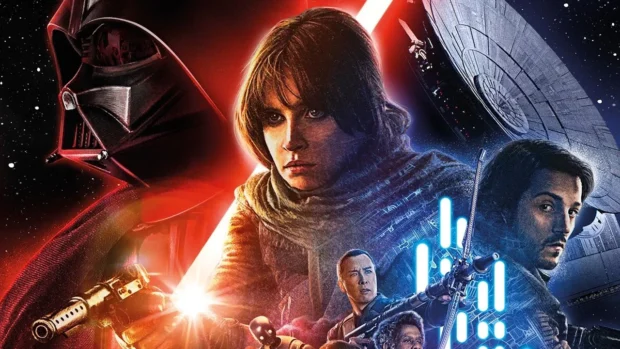
Deaths, Rewritten
The most striking change: K-2SO’s death. In Gareth Edwards’ earlier version, the droid was gunned down brutally by Director Krennic, vaporized in a single blow while dragging Cassian and Jyn to safety. Effective, perhaps, but quick. In the final cut, his sacrifice stretched longer, more desperate—a blaze of covering fire that turned him from sidekick comic relief into a fallen soldier audiences genuinely mourned.
“I liked the changes,” Tudyk admitted. They didn’t change the story’s fatalism—all roads still led to Scarif’s doomed beaches—but they made those roads worth traveling. “It didn’t waste opportunities,” he said.
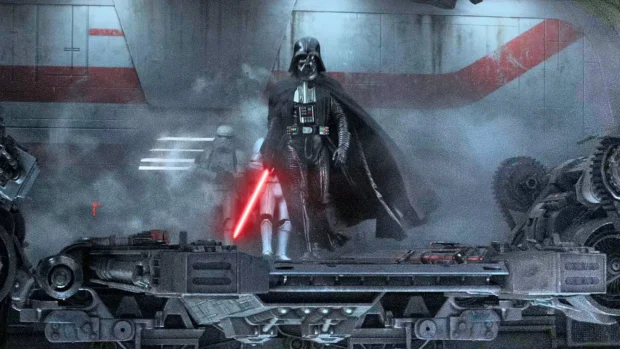
A $1 Billion Gamble That Paid Off
For Disney and Lucasfilm, the gamble worked. Rogue One pulled in over $1 billion worldwide on a reported $280 million budget, becoming one of the most expensive yet most beloved entries in the canon. Without its success, there would be no Andor (2022), the Disney+ prequel series that has since carved out its own prestige niche in the franchise.
But beyond numbers, Rogue One crystallized something unusual in blockbuster culture: a reshoot-ridden production that improved the film instead of breaking it. Contrast that with Solo: A Star Wars Story (2018), which swapped directors mid-flight and barely limped past box office expectations.
The Human Edge of a Droid
Tudyk himself has always played oddballs and misfits—pirates, robots, aliens, men who look out of place in their own skin. As K-2SO, his improvisational wit and timing lent soul to a motion-capture husk. In hindsight, his candor about the reshoots underlines the same truth the movie delivered: it’s not about perfection, it’s about the fight. The sacrifice. The ugly work of trimming and reshaping until something clicks.
And maybe that’s why Rogue One still feels singular nine years later—it was born chaotic, and it shows. But instead of collapsing under the weight of its rewrites, it staggered into greatness. Gorgeous. Grating. Gorgeous again.
5 Things We Learned from Alan Tudyk’s ‘Rogue One’ Revelations
Reshoots were essential, not disastrous
Tony Gilroy’s intervention streamlined the film rather than reinventing it.
Trailer moments were deliberately cut
Iconic shots used in marketing never made the theatrical cut.
K-2SO’s death was rewritten
Originally fast and brutal, his final sacrifice became more poignant and memorable.
The big picture stayed intact
The doomed ending was always in place—the reshoots just polished the path there.
Reshoots can elevate, not ruin
Unlike other troubled productions, Rogue One emerged stronger from the chaos.
